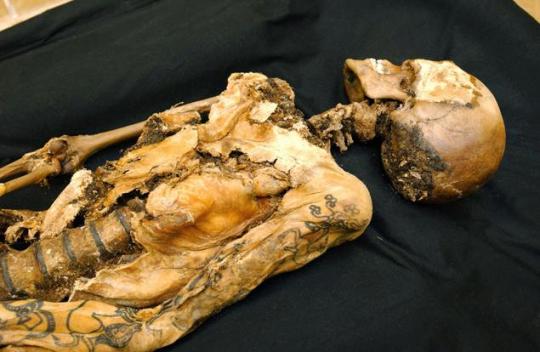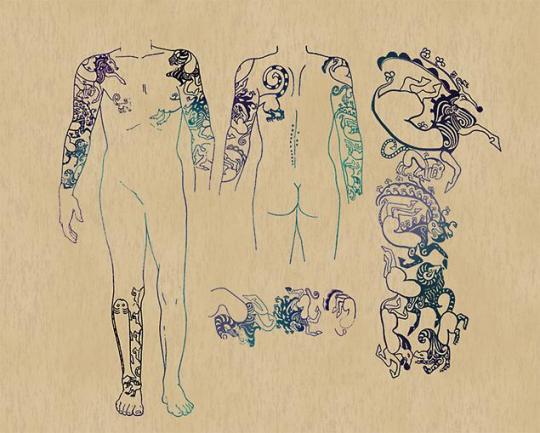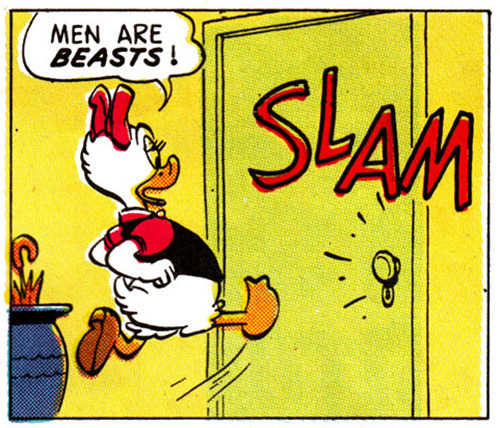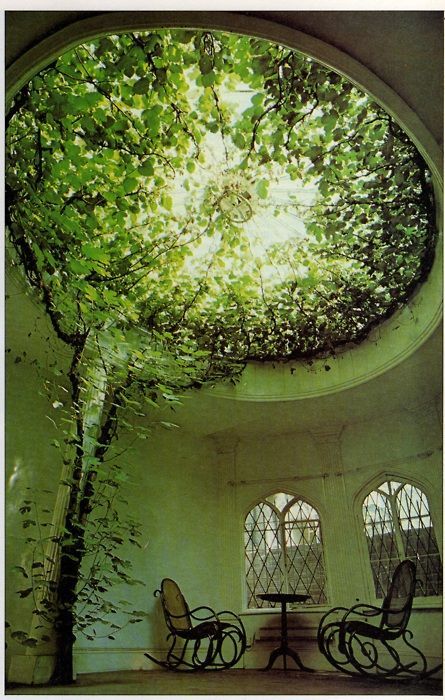Text
@avidityme replied to your post “Female archaeologist…”
I had a wonderful Anthro teacher who pointed out how many people speculate that it’s women who made the Venus sculptures modeling them by looking down at their own bodies. This is fascinating
Yeah! There’s quite a bit of compelling evidence that women created the Venus figurines.
Your teacher was probably specifically talking about Leroy McDermott’s 1996 paper “Self-Representation in Upper Paleolithic Female Figurines” (JSTOR link). McDermott analyzes the pattern of “distorted” anatomical proportions in the Gravettian Venuses and compares them to the “autogenous” perspective (a person looking down at themself). His work posits a viable explanation for why Paleolithic people (who were so good at accurately representing animals that paleontologists have been able to match phenotypes of horses in cave art with prehistoric genotypes) represented certain aspects of human anatomy in seemingly abstract (but remarkably consistent!) ways.
He and Catherine Hodge McCoid published a very digestible article about the study in American Anthropology as “Towards Decolonizing Gender: Female Vision in the Upper Paleolithic,” which is definitely worth a read (PDF here).

There’s also Patricia Rice’s 1981 analysis of the ages of the individuals represented in Venus figurines (JSTOR link). Rice concluded that most of the 188 Venuses her team studied were non-reproductive, representing either adolescents or post-reproductive individuals, and that of the reproductive-age individuals pictured, fewer than half appeared to be pregnant. This roughly matches the age distribution of women in modern gatherer-hunter groups. I find her methodology a bit questionable (age assignment is very subjective), but these kind of findings definitely throw a wrench in the classic “fertility goddess” or “paleo porn” theories.
One bit of interpretation that I find really intriguing is Olga Soffer and J. M. Adovasio’s work on representations of textiles in UP art. To make a long paper short, Soffer et. al. argue that a lot of the jewelry and clothing we see on Venuses was made of plant-based textiles, that what has been interpreted as hair on some Venuses is actually hats or headcoverings, and that because, historically and in modern gatherer-hunter groups, women are more likely to work intensively with textiles, women are the ones who would have had the knowledge to carve such figurines. There are also some interesting implications about the value placed on textile crafts based on the fact that someone decided to carve images of them into stone or ivory in the first place (JSTOR link). Soffer & Adovasio also wrote a book about women in prehistory called The Invisible Sex, which is an interesting and thoughtful read, though it doesn’t present much new information for those with a background in archaeology. Of course, all interpretation of prehistoric art is necessarily speculative, and it’s hard to assign any industry to a single gender or sex in the past. The real question is why, when there’s no evidence that only men made art and a significant amount of evidence that women did, does the popular perception remain that the Venuses were definitely “prehistoric pin-ups” or religious symbols rooted in the “othering” of female bodies? (Yeah, we know why.)
739 notes
·
View notes
Quote
No two languages are ever sufficiently similar to be considered as representing the same social reality. The worlds in which different societies live are distinct worlds, not merely the same world with different labels attached
Edward Sapir (1929), “The status of linguistics as a science”, Language 5 (4): 207, doi:10.2307/409588 (via linguisten)
905 notes
·
View notes
Photo


A 2500 year old mummy that had some amazing tattoos.
347K notes
·
View notes
























